Roses are undoubtedly one of the most beautiful and prized flowers on earth. Their vibrant colors, sweet fragrance, and delicate petals can make anyone fall in love with them. However, even the prettiest things have their downsides. Rose growers know that black spot is a common problem that plagues Rose bushes and can quickly turn a beautiful garden into a sad sight. Black spot disease on Roses can be a real pain for gardeners. However, proper identification and treatment can keep your Rose plants healthy and beautiful all season.
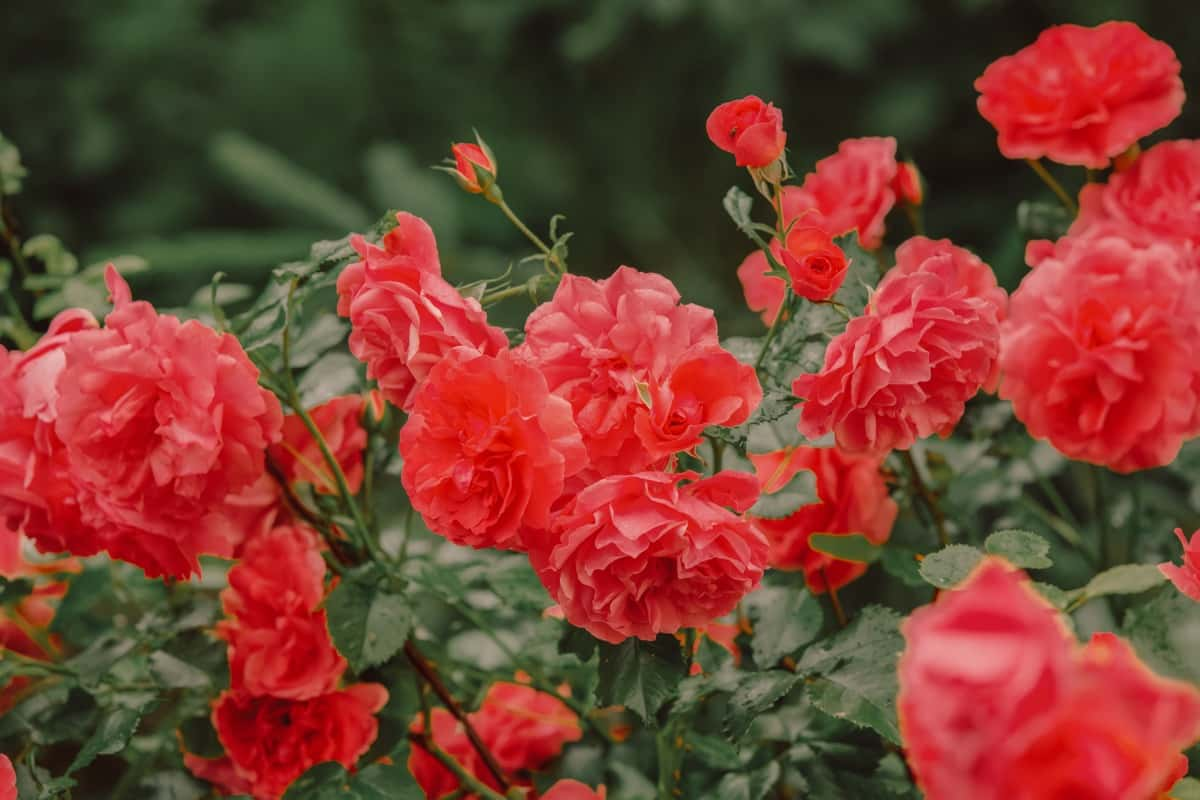
How to Identify and Treat Black Spots on Rose Leaves
Symptoms of Black Spot
Black spot is a fungal disease that commonly affects Roses. The first sign of a black spot is the appearance of small, circular spots on the leaves. These spots are usually dark brown or black and have a yellow halo around them. As the disease progresses, these spots become larger and more numerous, causing the leaves to turn yellow and drop prematurely. In addition to leaf spotting, another symptom of black spot is stem cankers.
Cankers appear as sunken areas on the stems that may ooze sap or develop lesions. It’s important to note that not all spotted leaves indicate black spot; other diseases, such as powdery mildew or rust, may also cause similar symptoms. To confirm whether your Roses have a black spot, gently touch one of the spots with your finger – it should feel slightly raised compared to surrounding tissue if it’s indeed this particular fungus attacking your plants.
The Causes of Black Spot
Black spot can wreak havoc on our beloved Roses. It’s unsightly and left untreated, and it can cause serious damage to the plant. Fungi need certain conditions to thrive – warm temperatures and high humidity are ideal for their growth. When conditions are favorable, fungus spores develop on infected leaves and stems before spreading through splashing water or wind.
Black spot likes to attack weakened or stressed plants where there is plenty of moisture present. This could be due to overcrowding, poor air circulation, over-watering, or unhealthy soil conditions. It’s also important to note that not all Roses have equal susceptibility to black spot infection. Some varieties may be more resistant depending on their genetics or growing environment. Prevention strategies should always be implemented early to avoid potential issues.
In case you missed it: Different Flowers That Almost Look Like Roses
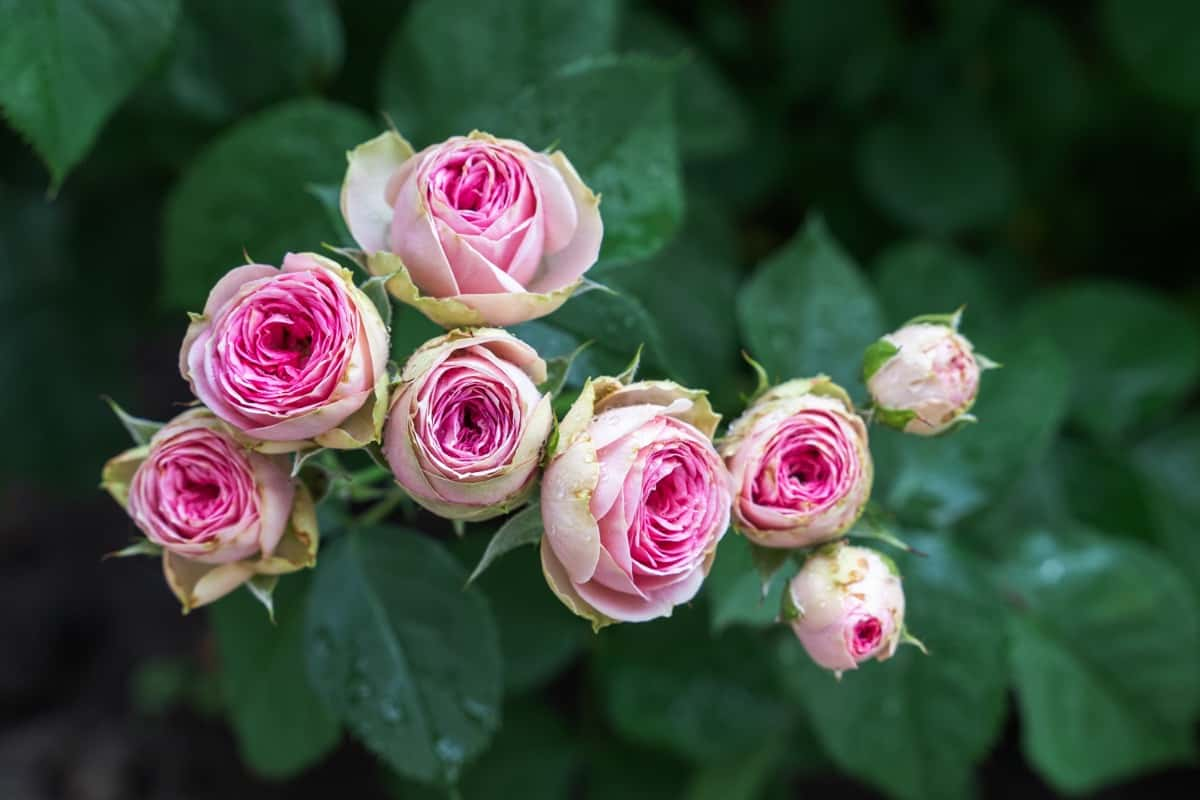
Life Cycle of Black Spot Disease
Black spot disease is a common fungal infection that affects Roses. It can be identified by the appearance of circular black spots on the leaves, which gradually turn yellow and fall off. The fungus responsible for this disease thrives in warm and humid conditions, making it particularly prevalent during summer.
The life cycle of black spot begins when spores from infected plants are carried by wind or water to healthy ones. These spores then germinate and penetrate the host plant’s tissue, growing and reproducing rapidly. As the fungus spreads throughout the plant, it causes damage to its tissues, leading to leaf drop and reduced overall health.
Topical Sprays for Treatment and Prevention
Bordeaux Mix
Bordeaux mix is a fungicide used for over a century to protect plants, including Roses, from black spot disease. The mix comprises copper sulfate and hydrated lime, creating an alkaline solution that protects plant tissues from fungal spores. When using Bordeaux mix on Roses, it’s important to follow the instructions carefully, as too much can damage the leaves, and too little may not be effective. It’s best applied in early spring when new growth appears or after pruning.
One disadvantage of the Bordeaux mix is its potential toxicity to beneficial insects such as bees and ladybugs. Therefore, it should only be used when necessary and never during blooming. Despite its drawbacks, Bordeaux mix remains one of the most effective treatments for black spot disease on Roses. This ancient remedy can keep your Rose garden healthy for years with proper application and timing.
Insecticidal Soaps with Added Fungicide
Insecticidal soaps with added fungicides have become popular for treating and preventing black spot damage on Roses. Combining insecticide and fungicide helps eliminate harmful insects, such as aphids, while protecting the plant from fungal infections. Unlike traditional chemical pesticides, insecticidal soaps are made from naturally occurring fatty acids that break down quickly in the environment.
In case you missed it: Expert Tips to Grow Fuller and Bushier Rosemary
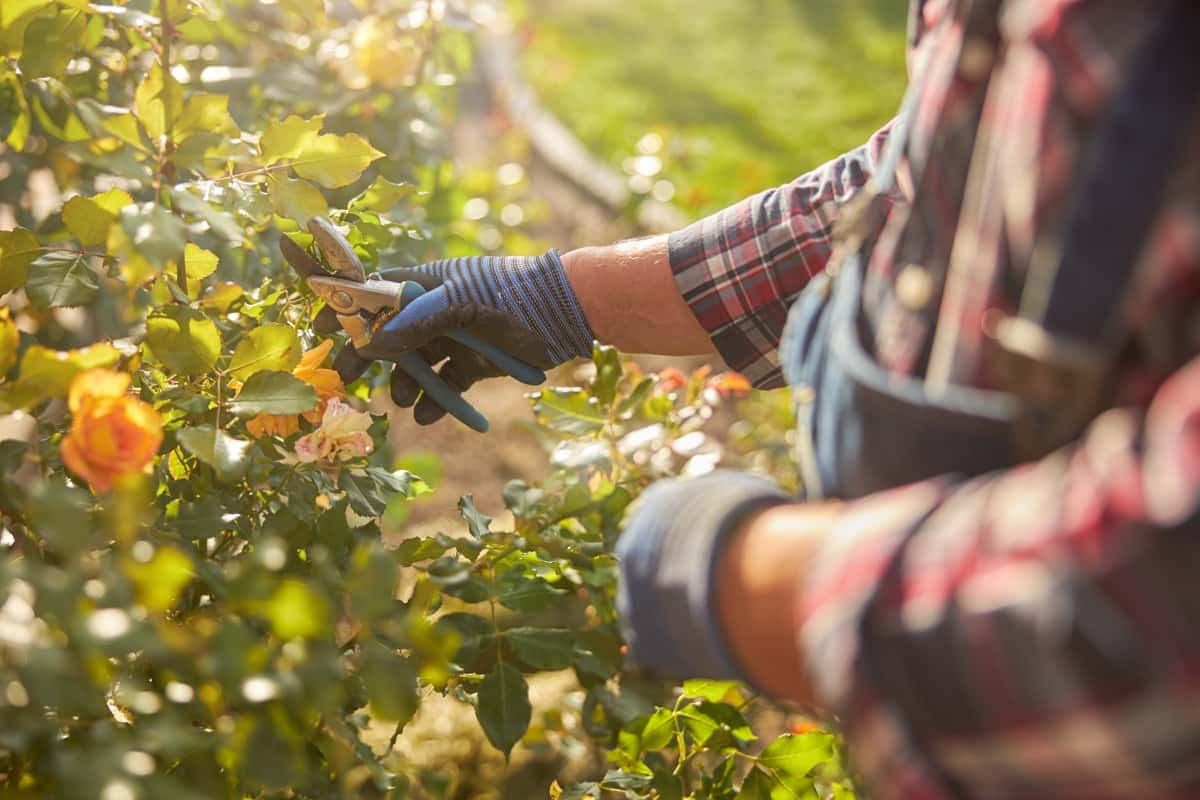
This makes them an eco-friendly option for gardeners who want to avoid harsh chemicals that could harm beneficial insects or pollinators. When using insecticidal soap with added fungicide, following the instructions carefully is important. Before applying it directly to your Rose bushes, dilute the concentrate with water.
Neem Oil
One of the benefits of using neem oil is its versatility. It can be used as a preventative measure and treatment for black spots. To use it as a preventative measure, mix one tablespoon of neem oil with one quart of water and spray it onto your Rose bushes every two weeks. If you already have black spot disease on your Roses, mix two tablespoons of neem oil with one gallon of water and some dish soap to help spread the solution evenly.
Apply this mixture thoroughly to all parts of the plant affected by black spot. In addition to treating black spots, neem oil can deter pests such as aphids, thrips, and whiteflies from attacking your Roses. However, it’s important to note that it should not be used when bees are active to avoid harming or killing them.
Sulfur
When applied correctly, sulfur can effectively control and prevent fungal growth on Rose leaves by inhibiting spore germination. It works by creating an environment that is acidic enough to inhibit the growth of fungi but not so much that it harms the plant. Various sulfur products are available in garden centers, including wettable powders and dusting sulfur.
Wettable powders must be mixed with water before application, while dusting sulfur can be applied directly onto leaves. It’s important to note that applying too much sulfur can harm your plants and beneficial insects like bees. As with any chemical treatment, follow instructions carefully and avoid spraying during hot temperatures or when rain is expected.
Home Remedies for Black Spot on Roses
Baking Soda Spray
Baking soda spray is one of the most popular and effective home remedies for black spot disease on Roses. This simple solution can help prevent and control fungal infections, including black spot. Mix one tablespoon baking soda with one gallon of water to make a baking soda spray. You can also add a few drops of dish soap or horticultural oil to improve effectiveness.
The mixture should be sprayed directly onto the leaves and stems of your Rose plant, making sure to cover both sides thoroughly. Repeat this process every 7-14 days as needed. One thing to note is that excessive use of baking soda spray may cause damage to your plants if not used properly. It’s important always to follow instructions carefully and avoid using too much at once. Baking soda spray is an affordable and natural option for preventing and treating black spot disease on your beloved Roses.
Vinegar
Vinegar creates an acidic environment that inhibits the growth of fungi responsible for causing this disease. Mix one white or apple cider vinegar with three parts water in a spray bottle to make a vinegar spray. Spray the mixture directly onto your Roses’ leaves and stems, thoroughly covering both sides of each leaf. Applying this solution regularly can help prevent black spot from spreading to other plants nearby. Use vinegar with other treatments like sulfur or neem oil if you already have black spots on your Rose bushes.
In case you missed it: Brilliant Ways to Propagate Roses from Cuttings
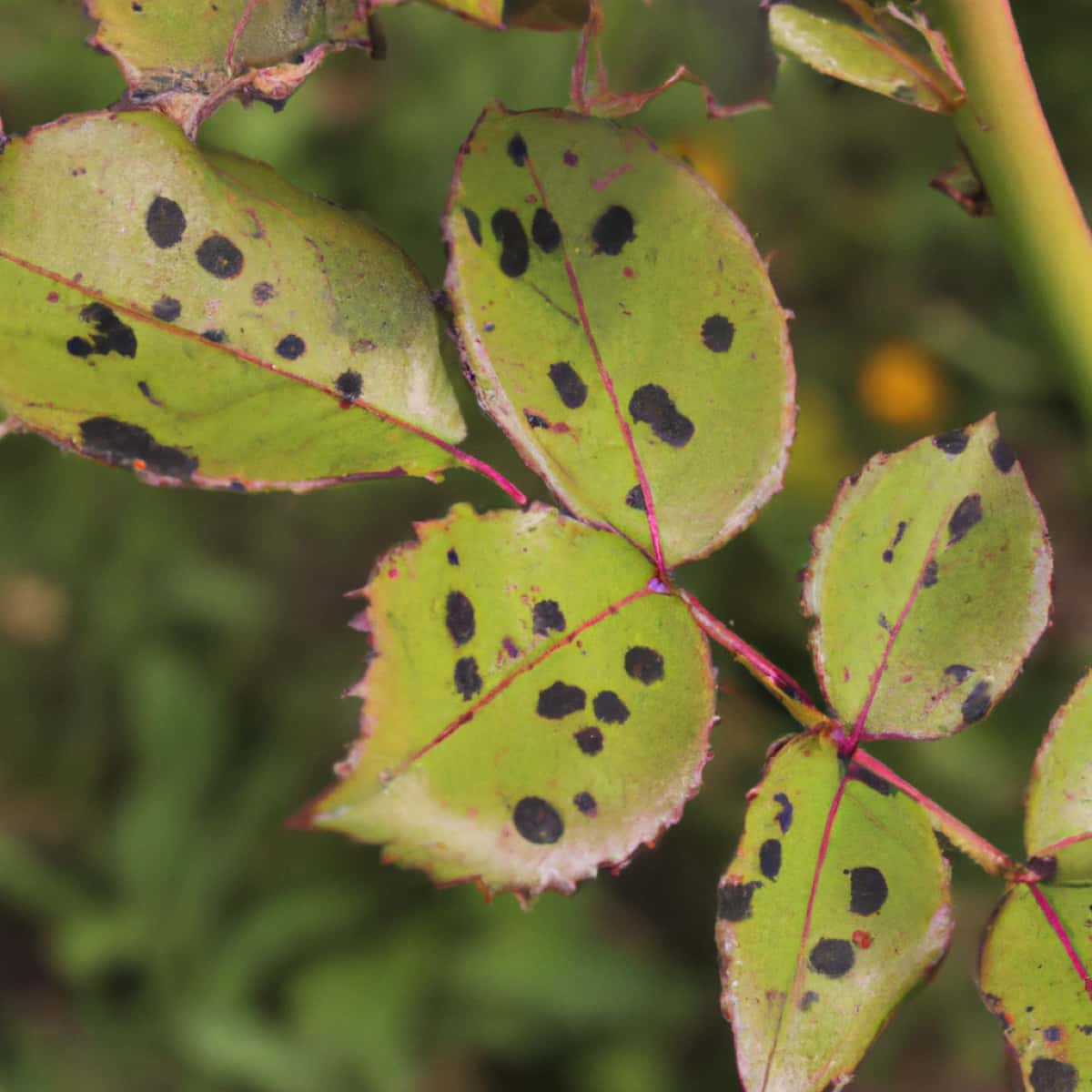
While using vinegar on Roses may be effective against black spot, it’s important to note that it can also damage the foliage if used too frequently or in high concentrations. As such, using diluted solutions intermittently is recommended. Incorporating vinegar into your gardening routine can be beneficial for controlling diseases and as a natural alternative to synthetic pesticides and herbicides.
Milk
Milk is a surprisingly effective remedy for black spot on Roses. Not only is it natural and safe, but it’s also easily accessible in most households. The lactic acid found in milk breaks down the fungal spores that cause black spots, preventing further infection and promoting the healing of existing damage. To use milk as a treatment, mix one part with two parts water in a spray bottle and apply liberally to affected plants.
Hydrogen Peroxide
Hydrogen peroxide is a versatile and inexpensive solution that can help treat black spot disease on Roses. This compound contains oxygen, which makes it an effective antifungal agent that can kill the spores of the black spot fungus. When using hydrogen peroxide to treat black spot disease on Roses, diluting it with water first is important. A mixture of one part hydrogen peroxide and four parts water is usually sufficient.
To apply the solution, spray it onto the affected leaves of your Rose plants until they are thoroughly coated. For best results, repeat this process every 10-14 days throughout the growing season. One thing to remember when using hydrogen peroxide to treat black spot disease is that it can also harm beneficial microorganisms in your soil if overused.
So be sure to use this remedy sparingly and only when needed. While many options are available for treating black spot damage on Roses, Hydrogen Peroxide does not adversely affect plant growth or flower production, making it an excellent choice for those who want to keep their Roses healthy without compromising quality or quantity yields.
In case you missed it: Insect Pests of Rose Plants: Chemical, Organic, and Natural Control Management
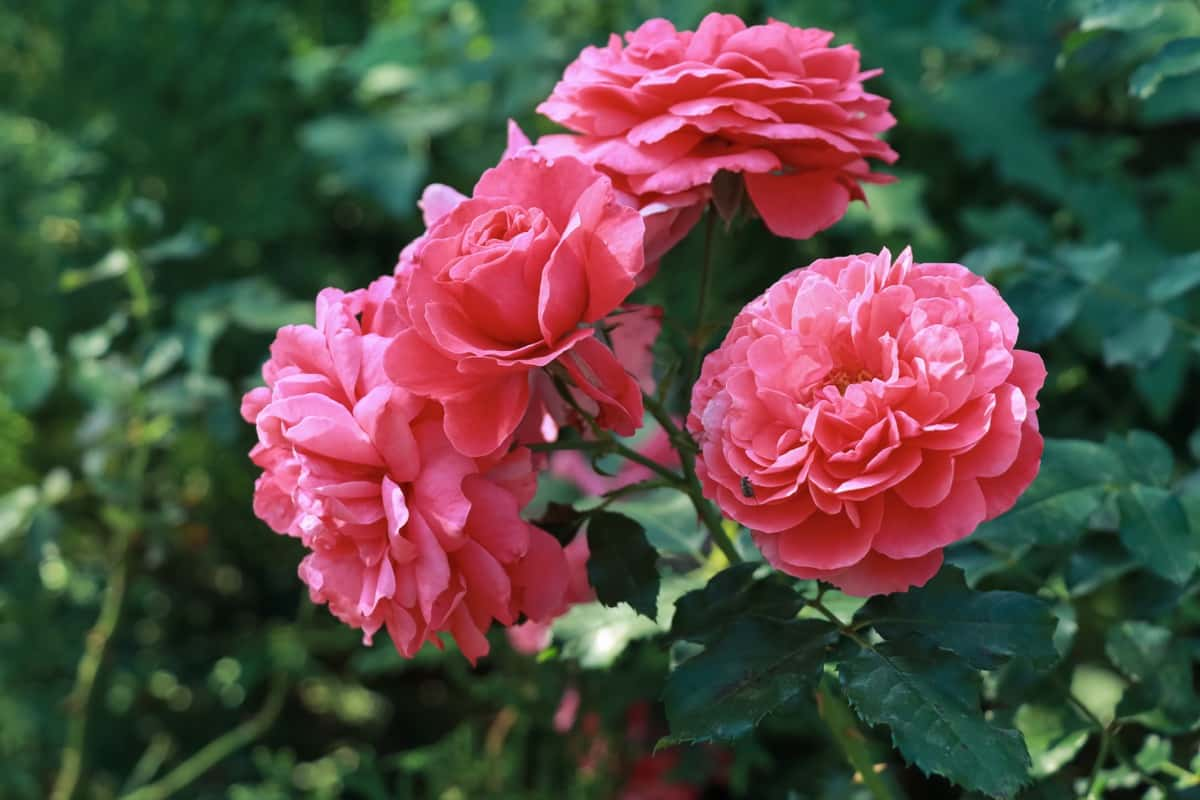
How Does A Black Spot Spread?
One of the main ways that black spot spreads is by releasing spores into the air or water. These spores are then carried by wind or rain and land on nearby plants. Once a plant has been infected with black spots, removing any infected leaves is important as soon as possible. Another way that black spot can spread is through pruning tools.
If you use shears or other cutting implements on an infected plant and then use them on a healthy one without cleaning them first, you risk transferring the disease. Wet conditions are ideal for black spot development and spread, so avoid watering your plants overhead whenever possible. Instead, try using drip irrigation or watering at ground level only.
Which Roses Are More Susceptible To Black Spot?
Regarding susceptibility to black spot, not all Roses are created equal. Some varieties are more prone to this fungal disease than others. Hybrid tea Roses tend to be highly susceptible due to their large leaves and dense foliage that provide an ideal environment for the fungus. Climbing Roses can also be at risk as they often have thick growth that can trap moisture and promote the spread of black spot.
Shrub Roses, on the other hand, vary in their susceptibility depending on the cultivar. It’s important to note that even within a specific variety or cultivar, there can be variations in resistance levels based on environmental factors such as humidity and temperature.
Which Roses Are More Resistant To Black Spot?
When it comes to black spot-resistant Roses, a few varieties stand out. One of the most popular is the Knock Out Rose. These Roses resist black spot and other common Rose diseases due to their thick foliage and hardy nature. Another great option for black spot-resistant Roses is the Carefree Beauty Rose.
In case you missed it: How to Grow Rose Plants from Cuttings to Harvest: Planting Guide for Beginners
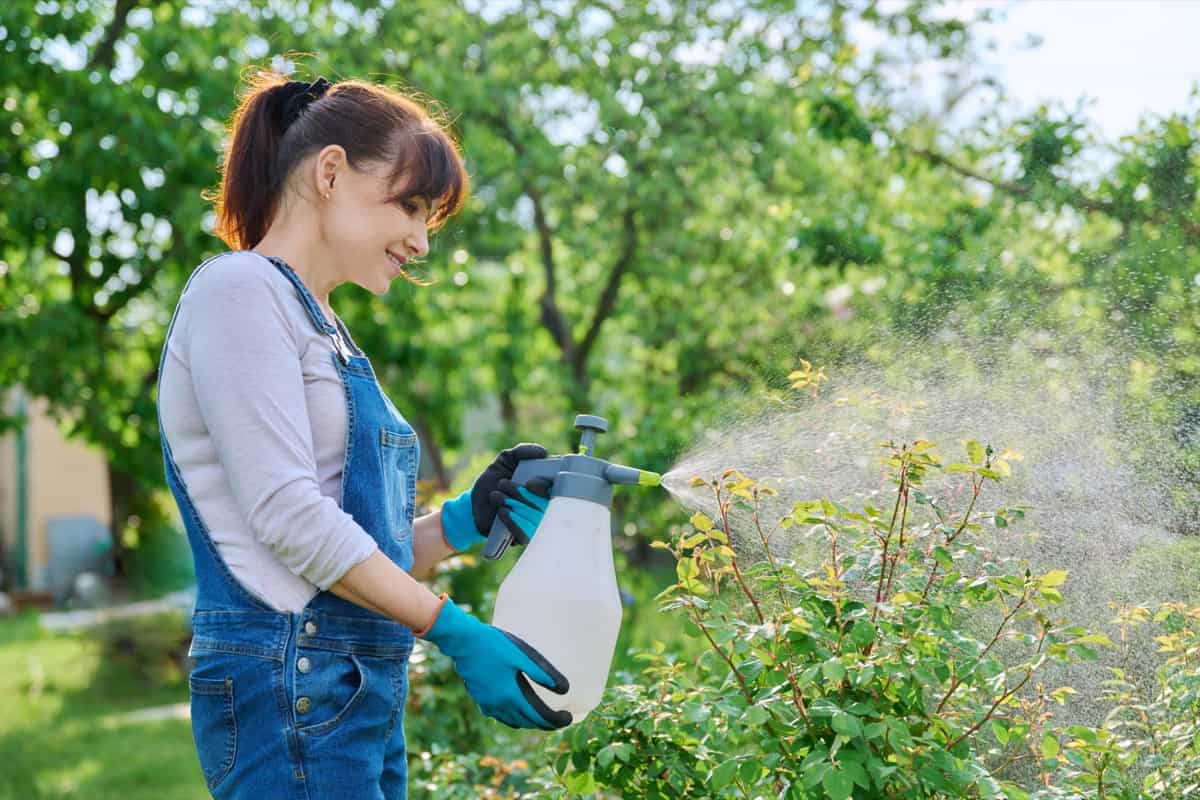
This variety boasts stunning pink blooms and a high level of disease resistance, making it a favorite among gardeners. If you want more color variety, consider planting Rainbow Knock Out or Sunny Knock Out Roses. These varieties offer beautiful hues while maintaining excellent resistance to diseases like black spot.
Conclusion
Black spot is a common problem that affects Roses and can lead to severe damage if not treated. Prevention is always better than cure, so it’s essential to take the necessary steps to keep your plants healthy by providing adequate air circulation, removing infected leaves promptly, avoiding overhead watering, and choosing disease-resistant varieties.
Don’t panic if you notice any black spot symptoms on your Roses. Monitor your garden regularly for early signs of infestation and act fast before things get out of hand. Your beautiful garden deserves all the care and attention it needs for optimal growth.
- How to Grow Hibiscus from Flower
- Plantation Ideas for Home Decoration: A Beginners Guide
- Flower Garden Designs and Layouts for Beginners
- Planting and Spacing Techniques in Papaya: A Beginner’s Guide
- Growing Gold: Essential Techniques for Planting Pineapples
- How to Make Kalanchoe Plant Bushy: Home Remedies and Solutions
- 11 Reasons Why Your Gardenia is Not Blooming: Home Remedies and Solutions
- Eco Elegance: The Guide to Designing a Drought-Tolerant Landscape
- Gardening on a Slope: Strategies for Hillside Landscaping
- Nourish and Flourish: Top Organic Mulches for Thriving House Plants
- Everything You Want to Know about Indian Mogra Flower: Discover Uses and Growing
- Green Thumb Success: Expert Tips for Cultivating Greenhouse Pumpkins All Year Round
- Maximize Growth & Flavor: The Ultimate Guide to Companion Planting in Herb Gardens
- How to Control Rhododendron Problems Naturally: Home Remedies and Organic Ways to Fix Them
- Natural Magic: The Remarkable Benefits of Cinnamon for Plants
- Best Steps to Revive Dying Tulip with Natural and Organic Treatment
- 10 Reasons Why Your Angel Trumpet is Not Blooming: Remedies and Treatment
- How to Fix Periwinkle Leaf and Flower-Related Problems: Natural Remedies and Solutions
- How to Fix Zinnias Leaf and Flower Problems: Discover Natural and Home Remedies
- Organic Steps to Induce Lemon Tree Flowers: A Comprehensive Guide
- Bloom Booster: Crafting the Perfect Homemade Bougainvillea Fertilizer
- Optimizing Growth: A Guide to Applying NPK Fertilizer for Potted Plants
- 10 Best Homemade Fertilizers for Rubber Plant: DIY Recipes and Application Method
- How to Boost Female Pumpkin Flowers: Effective Steps for More Flowers and High Yields
- Transform Your Indoor Garden: Top Benefits of Pink Salt for Houseplants
- 10 Best Homemade Fertilizers for Peacock Plants (Calathea): Easy DIY Guide
- Unlock Blooms: 9 Reasons Why Your Potted Chrysanthemum is Not Blooming
- 8 Reasons Why Your Potted Hibiscus is Not Blooming: Fix it with Simple Solutions
- Unlock Blooms: 9 Key Reasons Your Potted Frangipani Won’t Flower
- 10 Reasons Why Is My Ice Plant Not Blooming: Remedies and Treatment
- 10 Reasons Why My Potted Hydrangea Not Blooming: Treatment and Remedies
- 10 Reasons Why is My Wisteria Not Blooming: Remedies and Treatment
- 10 Reasons Why is My Goldfish Plant Not Blooming: Remedies and Treatment
- Maximize Your Space: Ultimate Guide to Balcony Gardening with Grow Bags
- 10 Reasons Why Your Iris is Not Blooming: Remedies and Treatment
- 10 Reasons Why Your Anthurium Plant is Not Blooming: Treatment and Remedies